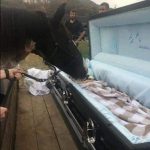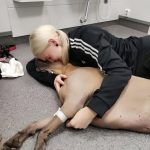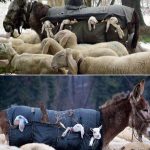Remembering Laika: The Forgotten Sacrifice in Humanity’s Race to the Stars
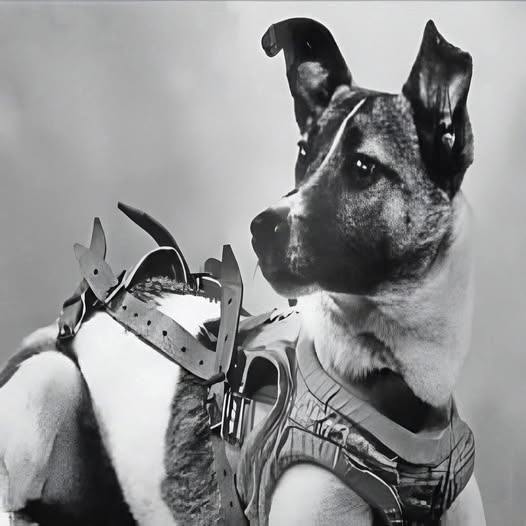
Remembering Laika: The Forgotten Sacrifice in Humanity’s Race to the Stars
63 years ago, the world watched in awe as the Soviet Union launched Sputnik 2 into orbit, carrying with it a small, unassuming passenger who would unknowingly become a symbol of both scientific achievement and heartbreaking loss.
Her name was Laika.
A stray plucked from the streets of Moscow, Laika was chosen not for her consent, nor for her strength—but for her small frame and photogenic coat, which would look appealing on camera. She was trained under harsh conditions, taught to endure confinement and loud noises, and was ultimately sent into space with no intention of return.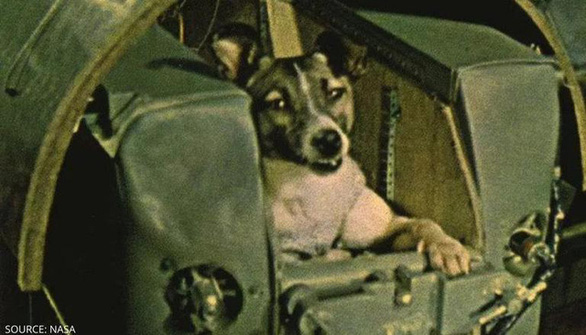
Despite global fanfare surrounding her mission, the truth was far more grim. While officials initially claimed she survived for days, it was later revealed that Laika died in agony just five to six hours after takeoff—alone, frightened, and overheated. The spacecraft had failed to shield her from the intense heat of the sun, and she succumbed to panic and rising temperatures.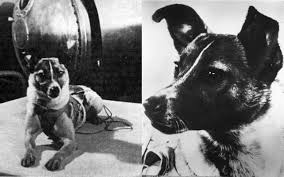
Her mission was always a one-way trip.
The scientists knew she would not survive. And while some expressed regret—“The more time passes, the more I’m sorry about it. We shouldn’t have done it”—the damage had already been done. Laika’s life was offered not in the name of safety or necessity, but in the pursuit of progress at any cost.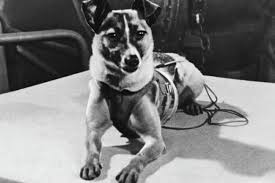
Today, we remember her not as an experiment, but as a living being who deserved more. Her story is a reminder of the silent suffering endured by millions of animals used in research around the world each year—beings who feel fear, pain, and love, yet have no voice.
Laika didn’t choose to go to space. She didn’t volunteer for fame or history. But she went—and paid the ultimate price.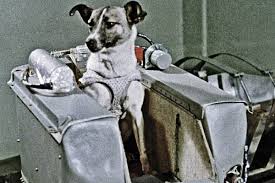
May we honor her legacy not with silence, but with reflection, compassion, and the commitment to speak up for those who cannot.


